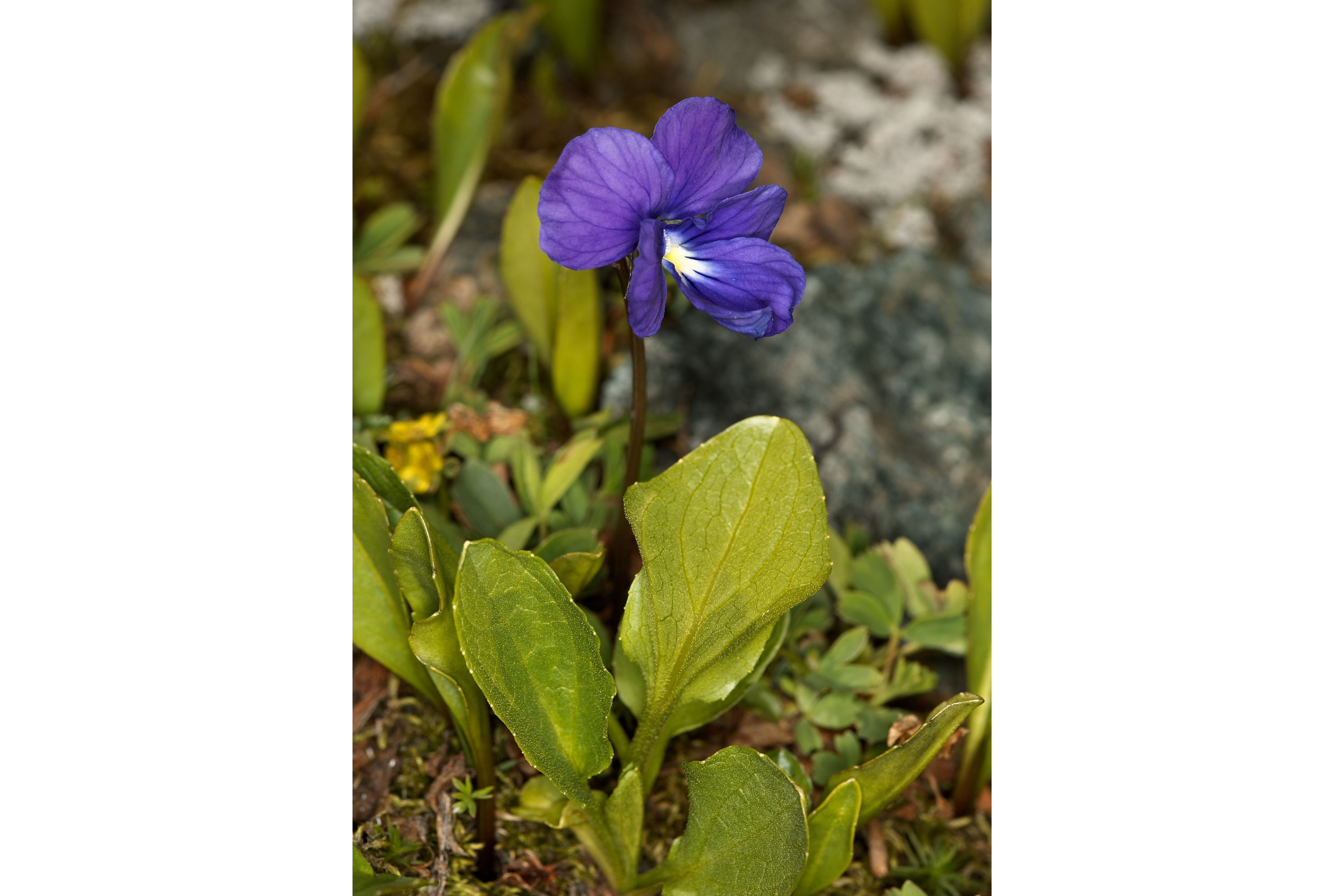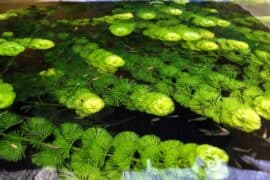Altai violet
(Viola altaica)

Description
Viola altaica, commonly known as the Altai violet or Siberian violet, is a remarkable species of flowering plant belonging to the Violaceae family. Endemic to the Altai Mountains in Central Asia, this perennial herbaceous plant thrives in diverse habitats, from alpine meadows to forest edges. Renowned for its exquisite beauty and adaptability, Viola altaica has captured the attention of botanists and plant enthusiasts alike. In this article, we delve into the captivating world of Viola altaica, exploring its taxonomy, morphology, habitat, cultivation, and cultural significance. Taxonomy and Classification Viola altaica was first described by Eduard August von Regel, a prominent German-Russian botanist, in 1875. The species name "altaica" refers to its native region, the Altai Mountains, which span across Russia, Kazakhstan, Mongolia, and China. As a member of the Viola genus, Viola altaica is closely related to other violets, such as Viola odorata (common violet) and Viola tricolor (wild pansy). Morphology Leaves: Viola altaica is a herbaceous perennial with a tufted growth habit. The plant typically reaches a height of 10-30 centimeters (4-12 inches) and spreads through the formation of rhizomes. The leaves of Viola altaica are heart-shaped or ovate and have a deep green coloration. They are alternately arranged along the stem and possess a slightly serrated margin. The leaves often feature distinct silver or white markings that lend an additional touch of elegance to the plant. Flowers: One of the most captivating features of Viola altaica is its vibrant and delicately scented flowers. The flowers emerge in late spring to early summer, adorning the plant with a profusion of colors. Each flower has five petals, arranged asymmetrically in a characteristic "face" pattern. The petals are often shades of violet, blue, or lavender, although variations in color can occur. The lower petal, known as the "spur," extends backward, serving as a landing platform for pollinators. Viola altaica produces nectar, attracting a range of insects, including bees and butterflies. Habitat and Distribution Viola altaica is primarily found in the Altai Mountains, a mountain range located in Central Asia. This region spans across several countries, including Russia, Kazakhstan, Mongolia, and China. Within the Altai Mountains, Viola altaica exhibits remarkable adaptability and can be found in diverse habitats. The plant is often observed in alpine meadows, where it thrives in the moist, well-drained soil characteristic of these high-altitude environments. It also grows in open woodlands, taking advantage of the filtered sunlight and partial shade provided by the surrounding trees. Viola altaica has been documented at forest edges, where it benefits from the transition zone between open spaces and more shaded areas. Additionally, the plant can colonize rocky slopes and gravelly areas, showcasing its ability to tolerate harsher conditions. Viola altaica has been observed growing near rivers and streams, suggesting its tolerance for more humid environments. The availability of water in these habitats likely contributes to the plant's successful establishment and growth. While the Altai Mountains are the primary range for Viola altaica, it is important to note that the plant's distribution may extend beyond this region. However, due to its endemic nature, its occurrence in other areas would likely be localized and restricted to habitats with similar characteristics to its native range. Overall, Viola altaica demonstrates its adaptability by occupying a variety of habitats within the Altai Mountains, showcasing its resilience and ability to thrive in diverse ecological niches. Cultivation and Propagation For plant enthusiasts, cultivating Viola altaica can be a rewarding experience. Due to its adaptability, this species can be successfully grown in various climates and conditions. However, it generally prefers moist, well-drained soil and partial shade. In regions with hot summers, providing some protection from direct sunlight during the hottest part of the day is advisable. Propagation of Viola altaica can be achieved through several methods. The most common approach is by dividing the rhizomes in early spring or autumn, ensuring each division has sufficient roots and shoots. Seeds can also be collected from mature plants in late summer and sown in a suitable growing medium. With proper care and attention, Viola altaica can thrive in home gardens, rockeries, or as part of naturalistic plantings. Cultural Significance Viola altaica holds cultural significance in the regions where it naturally occurs. The Altai Mountains have a rich history of indigenous cultures and traditional practices. Viola altaica is often featured in local folklore and herbal medicine, showcasing its importance in the lives of the people inhabiting the region. In traditional medicine, various parts of Viola altaica have been utilized for their potential medicinal properties. The plant has been used to treat ailments such as respiratory disorders, skin conditions, and digestive issues. Infusions and extracts derived from the flowers and leaves have been employed as natural remedies, believed to possess anti-inflammatory, expectorant, and diuretic properties. Moreover, Viola altaica has found its place in traditional ceremonies and cultural celebrations. In some indigenous communities, the vibrant flowers are incorporated into decorative wreaths, garlands, or bouquets, symbolizing beauty, purity, and resilience. The plant's presence in festivals and rituals highlights its deep-rooted connection with the local culture and its significance as a symbol of nature's abundance and vitality. Conservation and Threats Despite its adaptability, Viola altaica faces certain threats to its survival. Habitat destruction due to human activities, including deforestation, agricultural expansion, and urbanization, poses a significant risk to its population. Climate change, with its associated shifts in temperature and precipitation patterns, may also affect the suitable habitats for Viola altaica. To ensure the preservation of Viola altaica, conservation efforts are necessary. These efforts may include the establishment of protected areas and the implementation of sustainable land-use practices. Additionally, raising awareness about the ecological importance and cultural significance of Viola altaica can promote its conservation and foster a sense of responsibility towards the plant's well-being. Conclusion Viola altaica, the Altai violet, is a captivating plant species that thrives in the rugged landscapes of the Altai Mountains. Its resilience, adaptability, and vibrant flowers make it a sought-after species for plant enthusiasts and a significant cultural symbol for indigenous communities. By understanding and appreciating the beauty and ecological importance of Viola altaica, we can contribute to its conservation and ensure that future generations can continue to marvel at its delicate blooms in the wild and in cultivated settings.
Taxonomic tree:







